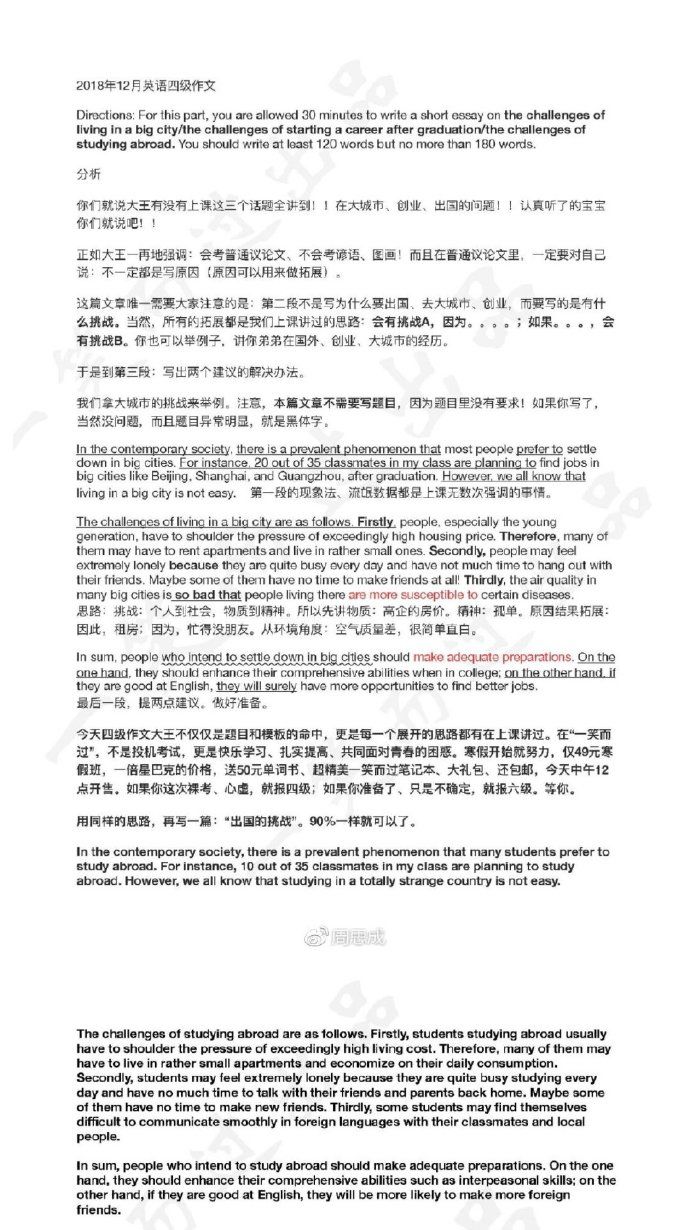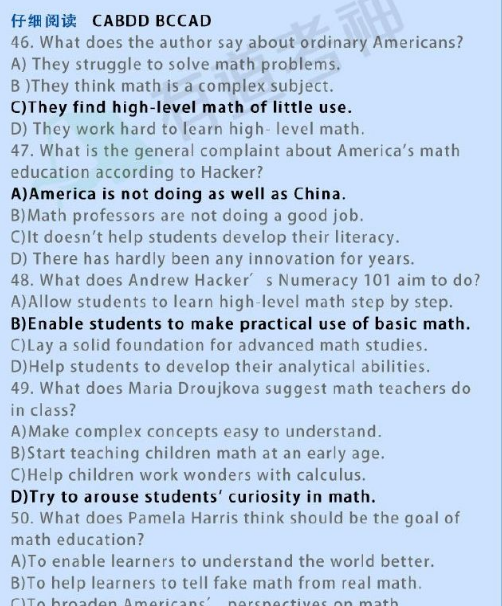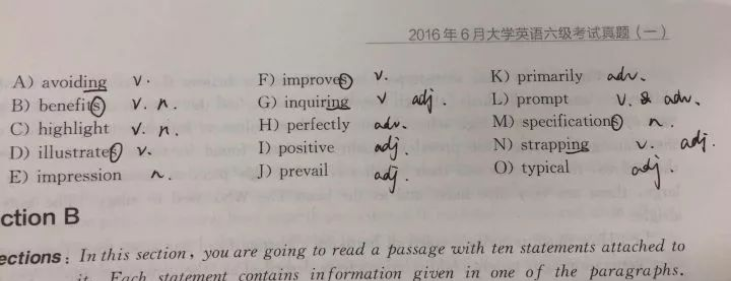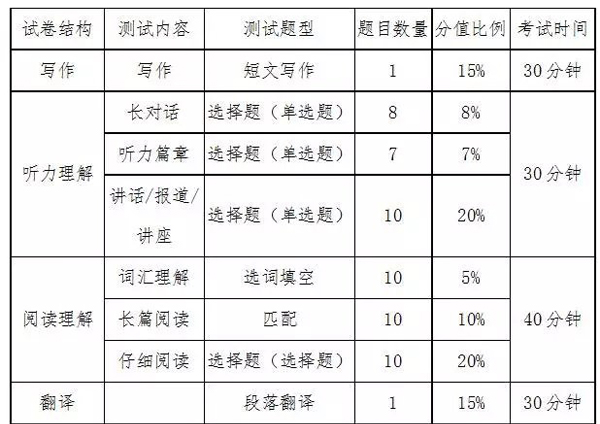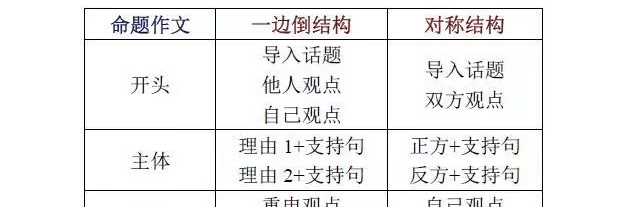GMAT考试-Testprep数学精解(9)
|
Let W stand for “you work hard,” S stand for “you will be successful in Amer ica,“ and L stand for ”you can lead a life of leisure.“ Now the first senten ce translates as W——>S, the second sentence as S——>L, and the conclusion as W——>L. Combining these symbol statements yields the following diagram: W——>S S——>L Therefore, W——>L The diagram clearly displays the transitive property. DeMorgan's Laws ~(A & B) = ~A or ~B ~(A or B) = ~A & ~B If you have taken a course in logic, you are probably familiar with these fo rmulas. Their validity is intuitively clear: The conjunction A&B is false wh en either, or both, of its parts are false. This is precisely what ~A or ~B says. And the disjunction A or B is false only when both A and B are false, which is precisely what ~A and ~B says. You will rarely get an argument whose main structure is based on these rules ——they are too mechanical. Nevertheless, DeMorgan's laws often help simplify , clarify, or transform parts of an argument. They are also useful with game s. Example: (DeMorgan's Law) It is not the case that either Bill or Jane is going to the party. This argument can be diagrammed as ~(B or J), which by the second of DeMorga n's laws simplifies to (~B and ~J)。 This diagram tells us that neither of th em is going to the party A unless B ~B——>A “A unless B” is a rather complex structure. Though surprisingly we use it wi th little thought or confusion in our day-to-day speech. To see that “A unless B” is equivalent to “~B——>A,” consider the following s ituation: Biff is at the beach unless it is raining. Given this statement, we know that if it is not raining, then Biff is at the beach. Now if we symbolize “Biff is at the beach” as B, and “it is raining” as R, then the statement can be diagrammed as ~R——>B. CLASSIFICATION In Logic II, we studied deductive arguments. However, the bulk of arguments on the GMAT are inductive. In this section we will classify and study the ma jor types of inductive arguments. An argument is deductive if its conclusion necessarily follows from its prem ises——otherwise it is inductive. In an inductive argument, the author presen ts the premises as evidence or reasons for the conclusion. The validity of t he conclusion depends on how compelling the premises are. Unlike deductive a rguments, the conclusion of an inductive argument is never certain. The trut h of the conclusion can range from highly likely to highly unlikely. In reas onable arguments, the conclusion is likely. In fallacious arguments, it is i mprobable. We will study both reasonable and fallacious arguments. We will classify the three major types of inductive reasoning——generalizatio n, analogy, and causal——and their associated fallacies. Generalization Generalization and analogy, which we consider in the next section, are the m ain tools by which we accumulate knowledge and analyze our world. Many peopl e define generalization as “inductive reasoning.” In colloquial speech, the phrase “to generalize” carries a negative connotation. To argue by generaliz ation, however, is neither inherently good nor bad. The relative validity of a generalization depends on both the context of the argument and the likeli hood that its conclusion is true. Polling organizations make predictions by generalizing information from a small sample of the population, which hopefu lly represents the general population. The soundness of their predictions (a rguments) depends on how representative the sample is and on its size. Clear ly, the less comprehensive a conclusion is the more likely it is to be true. Example |

